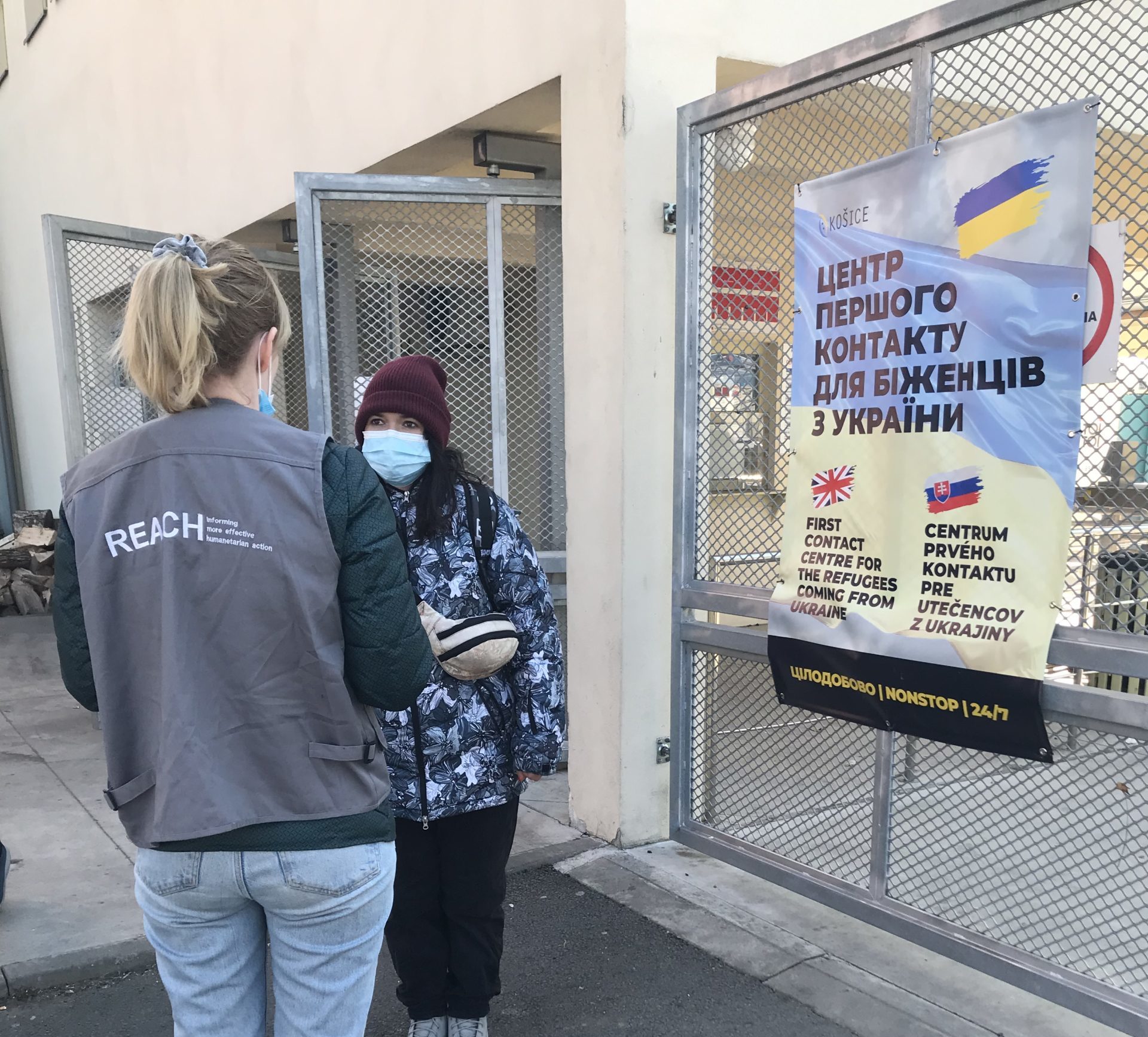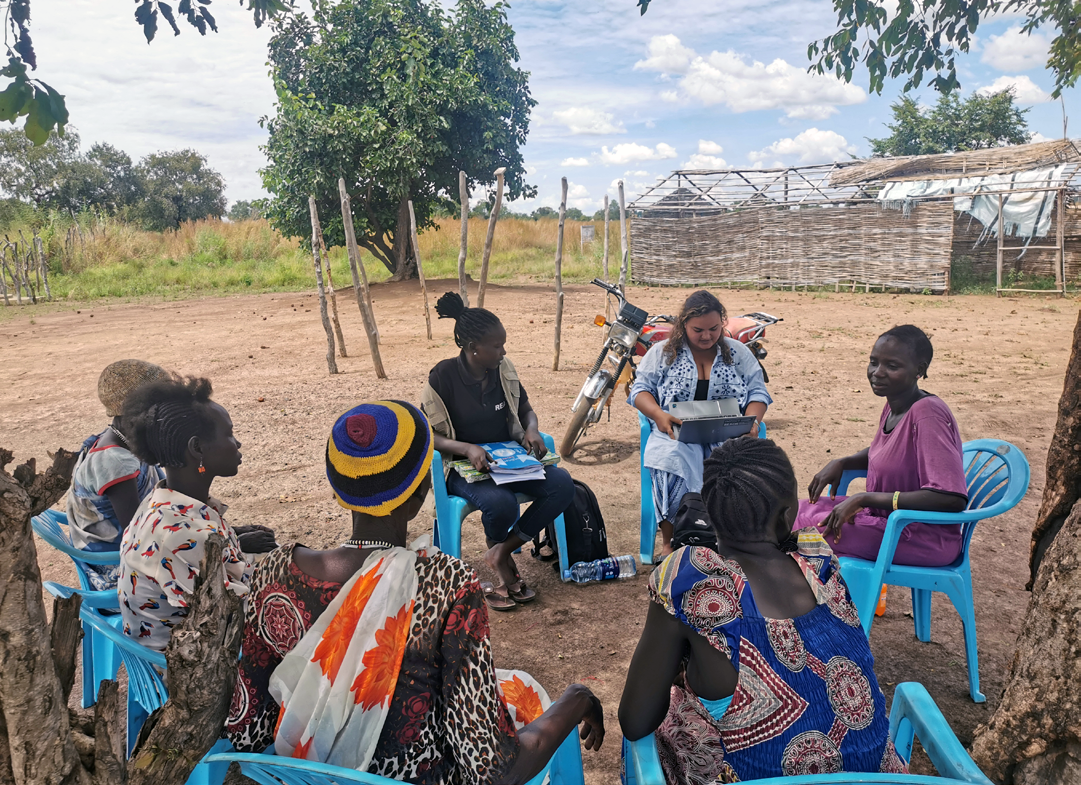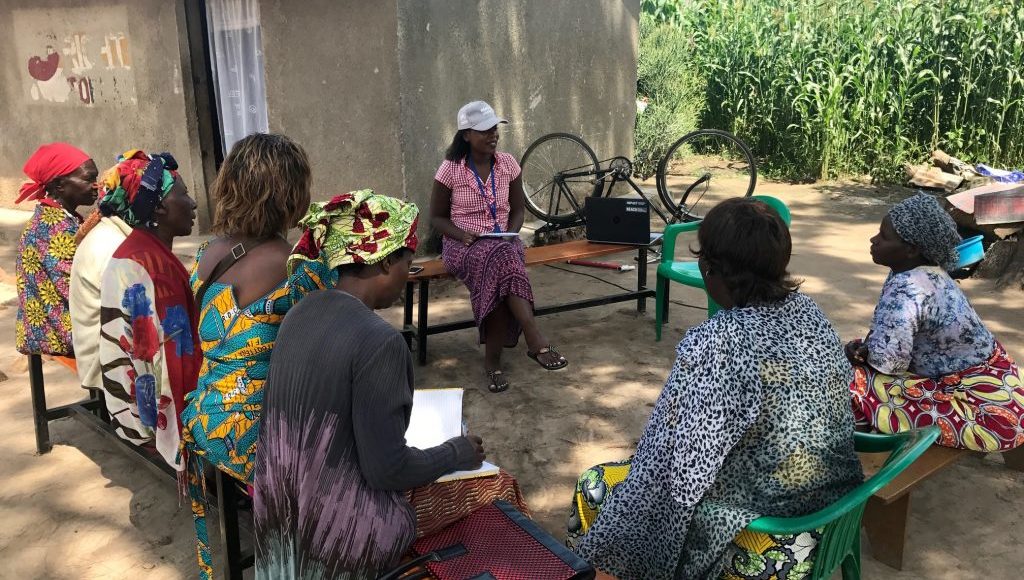Today marks International Women’s Day, an annual global event intended to celebrate women’s achievements while also calling for greater gender equality and equity. To commemorate the milestone this year, we explored the application of gender-inclusive approaches in humanitarian research, specifically needs assessments that are conducted with representatives from crisis-affected communities in the world’s largest humanitarian emergencies.
We found systematic gaps in the integration of a gender lens in most humanitarian needs assessment processes – from research design through data collection and analysis. Granted, complex humanitarian crises are not easy contexts in which to implement nuanced and in-depth research, particularly as insecurity and displacement make it difficult to access all kinds of ‘hidden’ or marginalized groups. Yet, even as an organization specializing in applied research and the collection of primary data, we still found ourselves to have a number of blind spots when it comes to gender inclusive methods. In this article we explore some of the lessons we have learned from attempting to capture and amplify women’s experiences through our research – as a first step in identifying what approaches may be most successful to replicate on a larger scale.
Lesson #1 – Coverage. There are a variety of constraints – methodological, operational, and cultural – that limit our ability to find and access women to be interviewed.

Ukraine 2022 MSNA
Many needs assessments, including REACH’s Multi-Sector Needs Assessment (MSNA), conduct interviews at the household level. That means one person, usually the head of household, responds to questions on behalf of the needs and conditions of the entire household, allowing us to access a large proportion of the target population in a comprehensive way. However, in MSNA contexts, the head of household is very often identified as a man, in turn skewing the survey sample towards mostly male respondents.
While this method reveals who is traditionally perceived to be responsible for representing the family externally and for decision-making within the home, it does not consider whether the head of household is indeed best placed to answer certain questions. For example, a female member may better know how money is spent in the household, the nutritional practices of children, or education access challenges, if she is the primary caregiver. Some questions related to the specific needs of women, such as access to menstrual hygiene, also may not be asked to male respondents.
In an attempt to include more female respondents in the MSNA sample, we have piloted a dual interview approach, where enumerators request to interview both the head of household as well as a second adult female member of the household. The aim in this approach has been to both reflect more women in the sample of respondents, but also to compare answers between male and female respondents within the same household, to identify any differences in perceived household conditions along gender lines.
This method was piloted both in Lebanon in the 2022 MSNA as well as in past years in Afghanistan. The recent Lebanon pilot revealed a number of lessons, as ultimately, we still ended up with too small of a sample of women to draw any conclusions from the analysis. This was primarily because of the time of day in which most interviews were attempted. As data collection took place during typical working hours, in most cases, only one household member was at home. Our team found that when enumerators approached a household where both a male and female member were at home, households were generally happy to do the two separate surveys with the male and female member –indicating potential for this method to be successful in certain contexts, if operational constraints can be addressed.
Lesson #2 – Subject matter. Our capacity to gather information about complex or sensitive issues is limited through purely quantitative, survey-based research. Qualitative components are necessary.

South Sudan Community perceptions of humanitarian assistance – Focus group discussion in Jur River County
Given the breadth of coverage that can be achieved through a large-scale needs assessment, humanitarian actors try to include as many topics as possible within the questionnaire, in order to have robust and comparable data on their thematic issues of interest. However, a key lesson revolves around the limitations of what kinds of information can be gathered through a strictly quantitative approach. We have found that a number of protection issues, including sensitive topics like gender-based violence, cannot be adequately captured through a household survey. Similarly, we have found it difficult to design a survey that safely and sensitively captures LGBTQI+ issues, and non-binary or transgender identities among communities of interest.
Although it would be helpful to have statistically representative data on the prevalence of certain factors to better plan specialized interventions and assistance programmes, the likelihood of underreporting, as well as the risk of re-traumatising respondents who may have experienced prior protection incidents, makes it nearly impossible to collect meaningful data on a large scale. Complementary qualitative research methods have been identified as a better approach for ensuring that gender-inclusive topics can be covered. One recent example was the REACH-led qualitative component of the country-wide Inter-Sector Needs Assessment in South Sudan,* which allowed for more nuanced and appropriate analysis of sensitive subject matter, that could then be incorporated into humanitarian planning processes for the coming year.
Lessons #3 – Intersectionality. People’s identities and experiences are multi-faceted. Meaningful inclusivity requires an integrated analysis to understand how these factors impact on each other.
The household-level unit of sampling, data collection, and analysis used in needs assessments is often necessary to maximise coverage and develop a crisis-level picture of the scope and severity of humanitarian needs. One key drawback however is the reduced ability to measure individual-level indicators that would facilitate a more intersectional analysis of needs, vulnerabilities, and intra-household dynamics. Targeted efforts to include more diverse types of households in the sample, for example those headed by women, older persons, or persons with disabilities, are also limited due to lack of available information on the number and locations of these households.
As a result, we have a limited understanding of how gender, together with other factors like age, disability, sexual orientation, marital status, literacy and language spoken, or belonging to a minority or indigenous group, may impact someone’s access to essential services and humanitarian assistance, available economic opportunities, or integration within their community. Efforts to improve on this issue must balance the inclusion of sub-groups and individual level questions with maintaining an interview of a reasonable length, to mitigate survey fatigue among communities.
One example to build upon includes the REACH MSNA in oPt,* where specific indicators were included to better account for specific barriers encountered by female members of households or members of the household with a disability. A gender-focused analysis was also conducted, focusing on female-headed households’ vulnerabilities and challenges to meet basic needs.
—
Understanding the challenges and limitations of research in complex crisis settings is the first step in building stronger, more innovative approaches and methods. Using our needs assessment lessons learned as a foundation, we strive to continue improving on gender inclusivity in our work.
*Publications are forthcoming.









